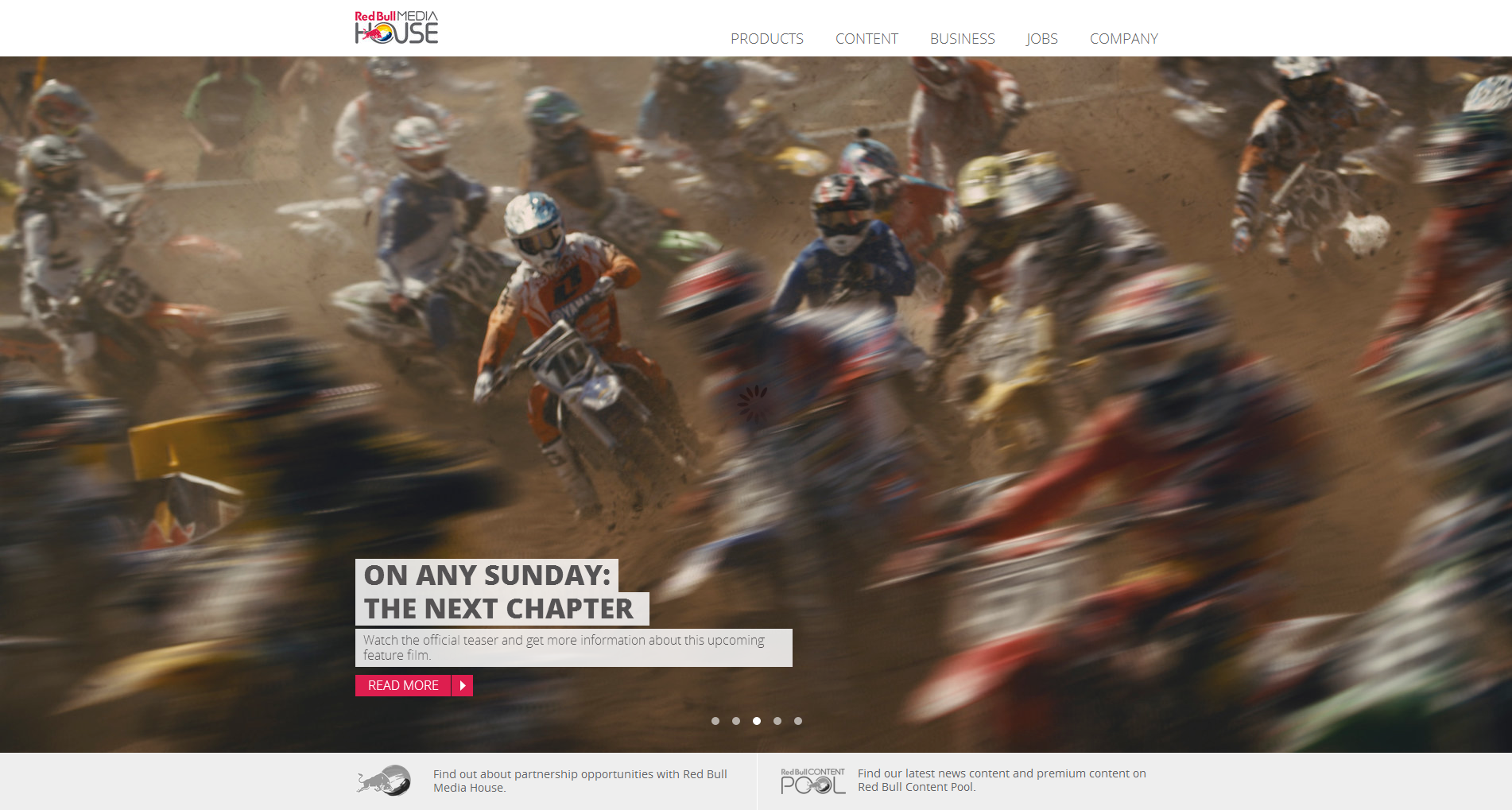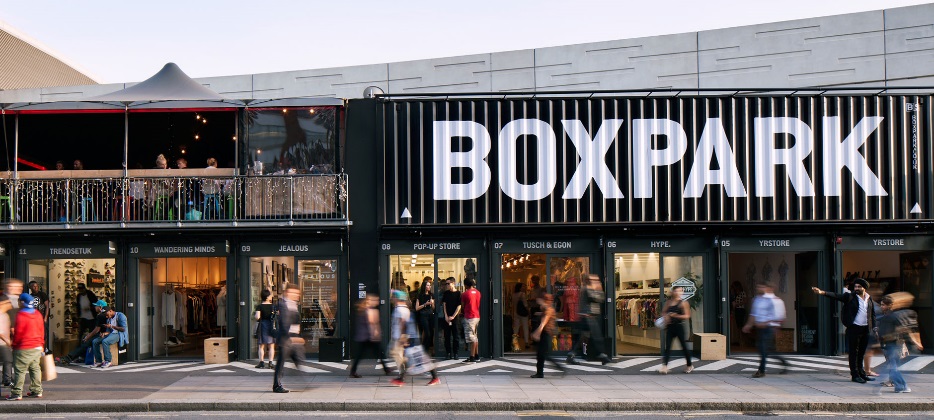Ecommerce: Blurring the lines between online and offline experiences
What does the No. 2 song of 2013 and ecommerce have in common?
Blurred lines.
“The retail customer has an experience, and they expect that experience to be consistent, no matter where they engage with that company,” said Ryan West, CEO, West Music. “Our responsibility as omnichannel retailers is to blur the lines and make sure it’s going to be impactful, no matter where they engage with us.”
Ryan met with MarketingSherpa Reporter Allison Banko in the Media Center at IRCE to discuss the importance of providing relevant customer experiences, no matter where that customer is. This includes both online and offline channels.
Geolocation in-store and online
Ryan dove into his experiences in geolocation in West Music’s marketing strategy, sharing how marketers can leverage emerging technologies and platforms to take geolocation to the next level.
This is key to marketers with regional brick-and-mortar stores, such as West Music. Ryan explained retailers can now leverage Bluetooth low energy protocols and in-store mapping platforms, which allow customers to see on a foot-basis where they are in a store to find products with ease.
This blurs the lines of ecommerce and in-store by using proximity sensing.
Ryan also explains in the video how his company utilizes simple site merchandising and IP address locators to provide a more relevant experience for customers online.
This includes providing relevant promotions for regional customers, such as a grand piano liquidation sale or an offer that would apply for national customers, such as a simple discount or rebate.
This is key for marketers serving local and national markets, as some sales and offers may only be applicable to a regional store location.











